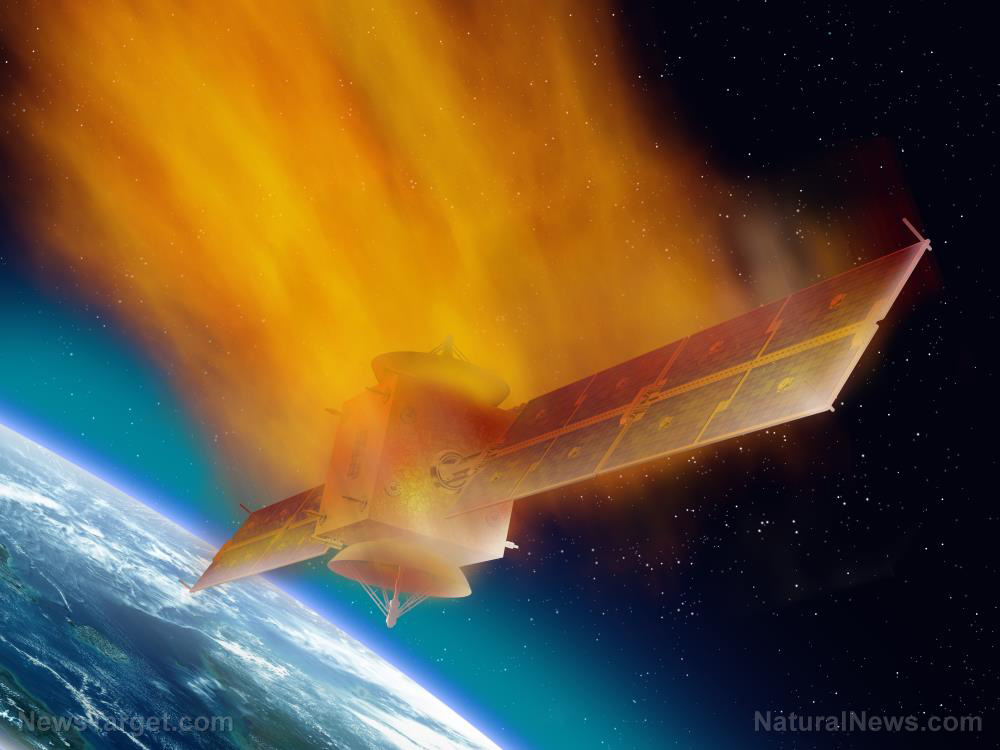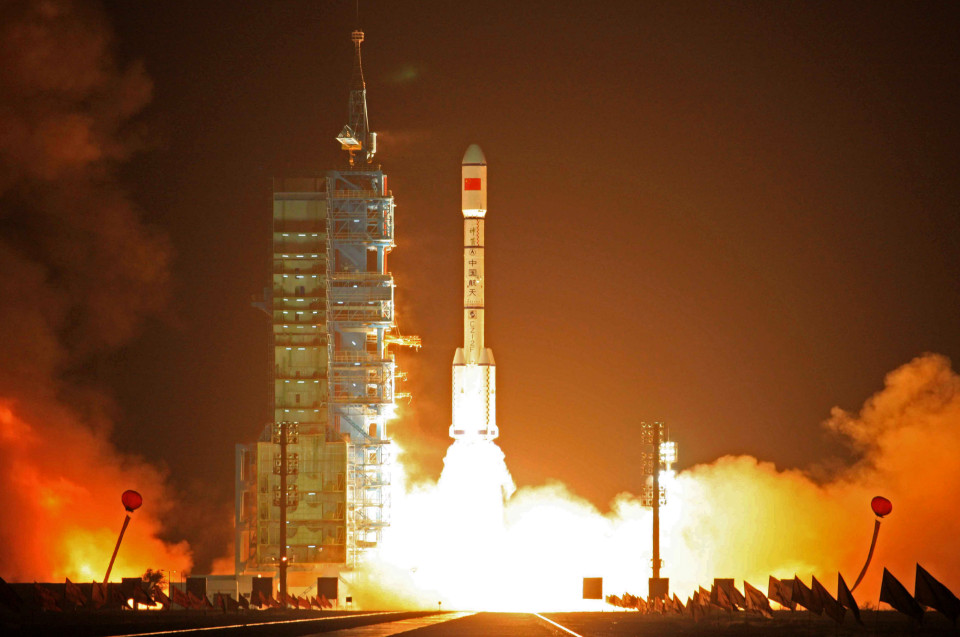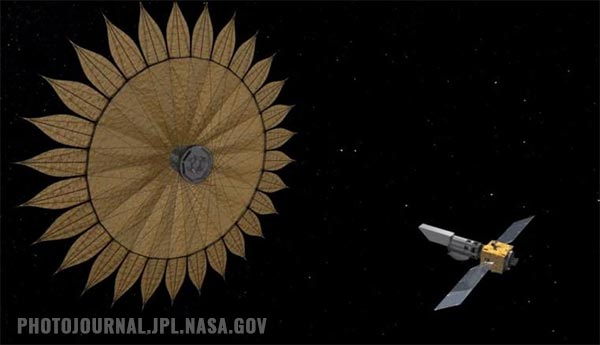Water, metal blobs and moonquakes: 5 Fascinating facts about the MOON
04/05/2020 / By Arsenio Toledo

Ever since man first set foot on the Moon in 1969, scientific knowledge about it has improved by leaps and bounds. However, there are a lot of facts about the Moon that many people may not know about. Here are five fascinating things you may not have heard about Earth’s closest neighbor.
1. The Moon has two faces.
You may have heard of the expression “dark side of the moon.” This refers to the side of the Moon that people on Earth never see. This side is almost the complete opposite of the nearside, which humans do see almost every night. The nearside has a thinner and smoother crust, while the far side, as it’s more properly called by the scientific community, consists of a thicker crust that is dotted by impact craters. (Related: What did China’s moon lander see on the far side of the moon?)
Scientists believe that the craters may have been caused by a large asteroid, perhaps the size of the state of New Jersey, which smashed into the far side of the Moon billions of years ago. The researchers who made the claim posit that certain characteristics on the far side of the Moon indicate that it’s seen large asteroid activity.
2. There is water on the Moon – and it keeps jumping around.
In 2009, NASA’s Lunar Reconnaissance Orbiter discovered a large patch of water on the Moon locked under a layer of ice. However, what fascinated scientists is how this water moves around as the lunar surface warms up and cools down.
When the temperature of the lunar surface is cool, the water remains in place. However, as the surface heats up, the water melts and rises up into the Moon’s delicate atmosphere, where it floats, moving to an area cool enough for it to settle back down.
3. The Moon is shrinking – and quaking.
The Moon is actually shrinking, as the lunar interior cools down. NASA estimates that it may have gotten around 150 feet skinnier over the past hundreds of millions of years. However, this shrinking is also causing lunar quakes – known as moonquakes. Whenever the brittle lunar surface breaks apart, it forms “thrust faults,” where a section of the crust is pushed up over another piece of crust.
These thrust faults, or scarps as they’re called, resemble stair-step shaped cliffs. These scarps are spread out across the surface of the Moon and are estimated to be no more than 50 million years old, which makes researchers believe that they were formed due to the Moon’s interior cooling down and making the crust contract.
4. There is a humongous, dense blob of metal underneath the Moon’s south pole.
In the lunar south pole, an area known as the South Pole-Aitken basin, researchers have found an extremely large “anomaly” of heavy metal in the Moon’s mantle. This dense blob of metal is so large that it’s altering the Moon’s gravitational field.
The researchers still aren’t sure how this blob of metal found itself trapped below the Moon’s surface, but simulations suggest that it could be the remnant of an asteroid made of iron and nickel that crashed into the far side of the Moon, creating the lunar basin.
5. You can’t get rich off the Moon.
Many heavy metals, such as gold and platinum, are far more abundant on Earth than on the Moon. And this may be due to something known as the giant impact hypothesis. According to this theory, a planet the size of Mars known as Theia collided with Earth some 4.5 billion years ago. This collision blasted huge amounts of material from both Earth and Theia into Earth’s orbit. Some of it coalesced to form the Moon.
However, the highly siderophile elements (or “iron-loving” elements like gold and platinum) may have either stayed in the planet or was blasted off away from Earth’s orbit due to the Moon’s weaker gravitational pull.
Read up on other interesting facts about the Moon at Space.news.
Sources include:
Tagged Under: asteroid impact, Earth, far side of the moon, giant impact hypothesis, impact craters, Moon, moonquake, outer space, research, Space, Theia, weird science
RECENT NEWS & ARTICLES
COPYRIGHT © 2017 SPACE.COM
All content posted on this site is protected under Free Speech. Space.com is not responsible for content written by contributing authors. The information on this site is provided for educational and entertainment purposes only. It is not intended as a substitute for professional advice of any kind. Space.com assumes no responsibility for the use or misuse of this material. All trademarks, registered trademarks and service marks mentioned on this site are the property of their respective owners.



















